Tapered Seat Valves: An Overview
Tapered seat valves, a crucial component in fluid control systems, serve a variety of industrial applications. These valves are designed to regulate the flow of liquids or gases by providing a sealing surface that tapers, allowing for precise control. This introduction delves into the design, functionality, and applications of tapered seat valves, offering a comprehensive understanding of their role in modern industry.
Design and Functionality
The design of tapered seat valves is centered around a cone-shaped disc that fits into a similarly shaped seat within the valve body. When the valve is closed, the tapered surfaces form a tight seal, preventing fluid passage. The angle of the taper is critical as it determines the sealing effectiveness and the durability of the valve under different operating conditions.
Types and Materials
There are several types of tapered seat valves, including globe, gate, and plug valves, each suited for specific flow control scenarios. Materials used in their construction vary from brass and bronze to stainless steel and plastic, chosen based on the fluid characteristics, pressure requirements, and temperature conditions they will encounter.
Applications and Advantages
Tapered seat valves are employed across various sectors, from water treatment to the oil and gas industry. Their advantages include a reliable seal, low maintenance, and the ability to function in both on/off and throttling service. These valves are particularly valued for their durability and effectiveness in systems where fluid control is paramount.
Selection Considerations
Selecting the right tapered seat valve involves considering factors such as the size, pressure rating, and material compatibility with the fluid. It is essential to match the valve to the specific requirements of the application to ensure optimal performance and longevity.
Maintenance and Sustainability
Maintenance of tapered seat valves is generally straightforward, involving regular inspection and cleaning. Sustainability is an increasingly important consideration, with many valves now designed for easy disassembly and recycling at the end of their service life.

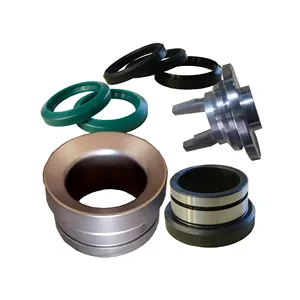
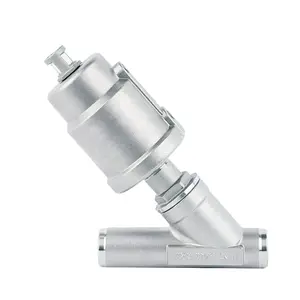






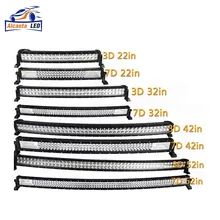

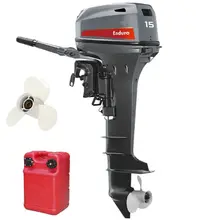






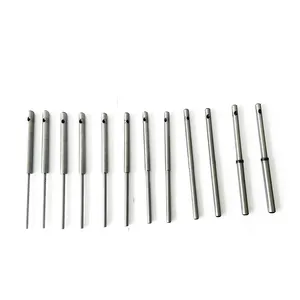
























 浙公网安备 33010002000092号
浙公网安备 33010002000092号 浙B2-20120091-4
浙B2-20120091-4